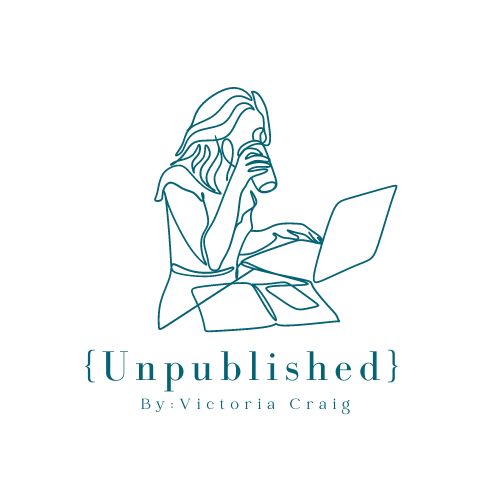Hi! Allow me to introduce myself…
I’m Victoria, an accidental American expat currently living in Turkey and working as a freelance journalist. I say “accidental” because my plan was never to do the foreign correspondent thing. When I set out to become a journalist, I wanted to report on American politics; I thought that was the pinnacle of storytelling. And, I suppose in a way, that’s exactly what I’ve done. With a bit of a twist. I’m always talking to people in other countries — government officials, businesspeople, ordinary citizens — about how American policymaking is both shaped by and helps shape the world. And, I keep my fellow Americans at the heart of what I do because when I first moved abroad (to London), I realized how little foreign news people in the US actually consume. Because of my own experience with that, it took me awhile to get truly up to speed on global current events. Once I did, I discovered how much better I understood…well, the world. The nearly six years I spent working as a producer then a presenter at the BBC in London really opened my eyes. It became my mission to help others better understand the world in which we live through rich storytelling that transports you to the places I tell you about — whether on the radio, TV, or in digital text and photo stories.
Most importantly, though, I want to share details that make you crave global news as I now do. And the best way to do that, I believe, is to put people at the heart of every story I report. Tell you who they are, where they come from, why their stories have made them newsworthy, and why you should care. All of those details are scribbled down in a beat-up little notebook shoved into my kit bag.
What’s in your reporter’s notebook?
Before I answer that question, I should explain that journalism is a process. A time consuming one. A story starts with a spark of an idea that morphs into a fully-fledged pitch backed by research and facts. That pitch becomes a commission that leads to questions that turn into interviews, which eventually come together into a well-reported radio program, TV segment, or online story that you — hopefully — want to sit and pay attention to.
All of that, the reporting process, takes up pages upon pages in my reporter’s notebook. There’s not just one, I have a whole cabinet full of them. Some with blank pages waiting to eventually be tapped into service. Others, decommissioned and heaving with papers I’ve stuffed between pages, notes I’ve frantically scribbled in a cab, and doodles I’ve drawn with nervous energy before big interviews. Often, when I go back and read old notes there are both details about old stories that come flooding back to me, and incomprehensibly scrawled words and phrases that my past self hoped my future self would understand.
Among the chaos, though, are stories. A lot of them. Many worth telling. The reality, though, is word counts and air-time limits exist in the real world. And that means a lot of details get left on the edit-room floor. That’s not a bad thing! But, sometimes I think you might just be interested in the funny anecdote a CEO laughed out at the end of an interview, an extra thought that business owner wanted to tell me, how exactly a regional specialty is made, or more information about something I mentioned in brief but can show you in detail through extra photos and videos. Until now, I haven’t really had a place to collect those off-cut treasures.
So, I decided — after an almost year-long debate with myself — to start this Substack and share it all with you here. Think of this as a companion to all the stories you hear and see from me. A peek into the newsgathering process and all that goes into it. I hope you find it all as interesting as I do. And I hope it’s the little details that keep you coming back for more.



Can’t wait to see this develop!